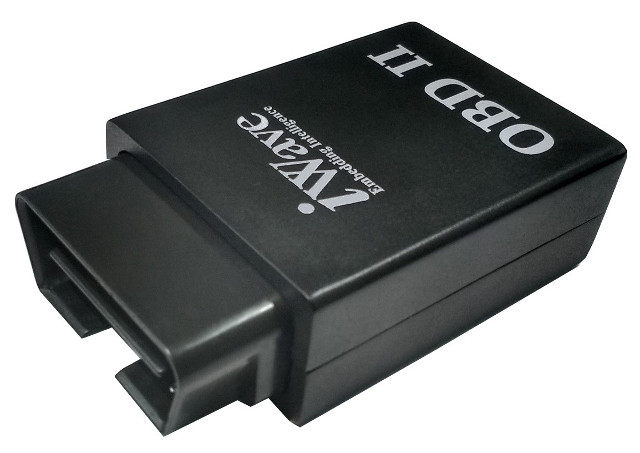OBD-II dongles that you connect to your car’s OBD-II port have been around for several years, but they were initially simple devices with USB or Bluetooth connectivity that you control with your smartphone or computer. More recently we’ve seen more complex OBD-II head-up-diplays, and boards such as Macchina M2 open-source hardware OBD-II board that takes various XBee modules for 4G, Ethernet, WiFi, Bluetooth, GPS, and so on. iWave Systems, a company better known for their system-on-modules, has now unveiled their own OBD-II dongle with NXP i.MX 6UL processor running Linux, and integrating 4G LTE and GPS by default.
iWave Systems OBD-II dongle specifications:
- Processor – NXP i.MX 6UL ARM Cortex-A7 processor @ 528/696MHz
- Memory – 256 MB DDR3 (Optionally upgradeable to higher capacity)
- Storage – 256 MB NAND Flash (optionally upgradeable to higher capacity).
- Connectivity – Built-in 4G Modem with antenna, optional WiFi & Bluetooth 4.0 LE module
- Positioning – GPS Receiver
- Sensors – Accelerometer, Gyroscope, Magnetometer
- Car Interface – OBD-II connector
- Misc – Optional status & power LEDs
- Power Supply – 12V Input via OBD II port; optional battery to keep the dongle on for a few minutes
- Temperature Range – -10°C to +60°C
- Dimensions – 63 x 48 x 24mm (excluding OBD II Connector)
The company has not provided that much details on the software side, except that the dongle runs Linux.
 iWave Systems OBD-II dongle targets fleet management, emission testing, vehicle testing, and vehicle data logger applications.
iWave Systems OBD-II dongle targets fleet management, emission testing, vehicle testing, and vehicle data logger applications.
The company focuses on the B2B market, so if you want to purchase in quantities for your specific project you can inquire for a quote or more details via their OBD-II device page.

Jean-Luc started CNX Software in 2010 as a part-time endeavor, before quitting his job as a software engineering manager, and starting to write daily news, and reviews full time later in 2011.
Support CNX Software! Donate via cryptocurrencies, become a Patron on Patreon, or purchase goods on Amazon or Aliexpress





